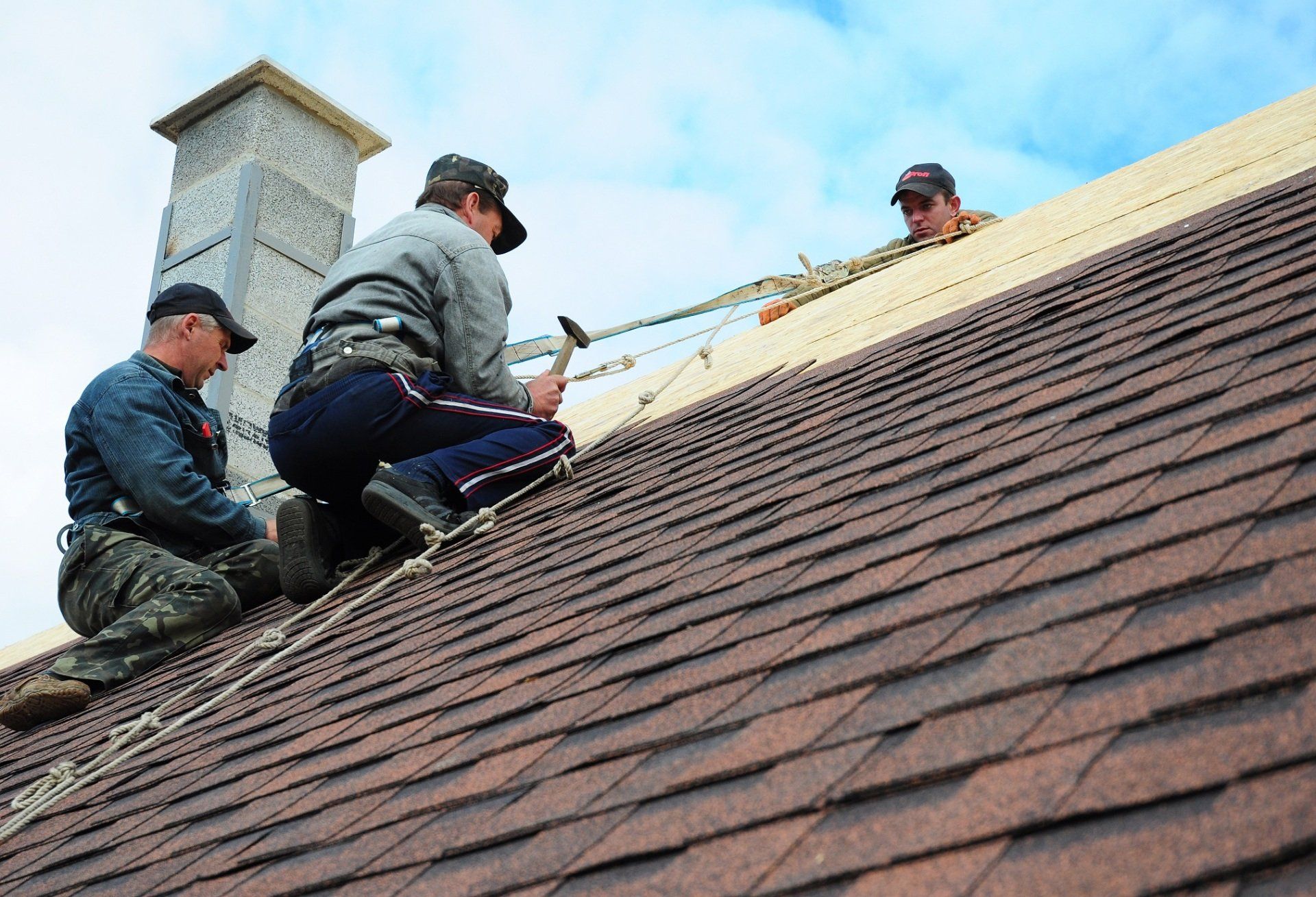Beyond Shingles: Innovative Roofing Technologies and Trends in 2024
Navigating the Future of Roofing: Trends, Repairs, and Materials
The roofing industry in 2024 continues to evolve, embracing new technologies and trends that are transforming both commercial and residential roofing landscapes. From the resilience of redwood roofs to the precision of roof inspections, the sector is expanding beyond traditional methods and materials. This guide delves into the latest trends, focusing on roofing repairs, roof replacement, and the types of roofing materials that are shaping the future of roofing.

The Rise of Innovative Roofing Materials
One of the most significant changes in the roofing industry is the emergence of new and advanced roofing materials. Traditional materials like asphalt shingles are now sharing the stage with eco-friendly and energy-efficient options. Roofing mats made from recycled materials and designed for longevity are becoming increasingly popular. These innovative materials not only offer better durability but also align with the global push towards sustainable construction practices.
Roofing Repairs: A Critical Aspect of Roof Maintenance
Roofing repairs have always been a crucial part of roof maintenance services. In 2024, the approach to roofing and repair has become more systematic and technology-driven. Advanced diagnostic tools are now used for roof inspections, enabling roofing contractors to identify potential problems accurately. This precision in identifying issues allows for targeted repairs, ultimately extending the lifespan of roofs.
The Importance of Regular Roof Inspection
Regular roof inspections are pivotal in maintaining the integrity of a building's structure. These inspections help identify issues like leaks or structural weaknesses early on. In 2024, drone technology and AI-based analysis tools are increasingly being used for roof inspections. This not only improves the accuracy of the inspections but also ensures the safety of the inspectors by minimizing the need for direct roof access.
Roof Replacement: A Cost-Effective Long-Term Solution
While repairs are essential for maintenance, sometimes a roof replacement is a more cost-effective and long-term solution. The decision for roof replacement often depends on factors like the age of the roof, extent of damage, and roof replacement cost considerations. Roofing contractors now offer detailed roof repair estimates, helping homeowners and business owners make informed decisions about whether to repair or replace their roofs.
Commercial Roofing vs. Residential Roofing: Understanding the Differences
Commercial roofing and residential roofing, while serving the same basic purpose, have distinct differences in terms of design, materials, and installation techniques. Commercial roofs tend to be larger, with a flat or low slope, and require materials that can withstand the heavy foot traffic of maintenance work. Residential roofs, on the other hand, are often steeper and use materials like shingles or tiles, including popular options like red roofing or redwood roofs.
Red Roofing: A Trend in Aesthetic and Functional Appeal
Red roofing has gained popularity due to its vibrant color and aesthetic appeal. But beyond the visual aspect, red roofing materials often come with added benefits such as UV resistance and energy efficiency. This makes them an attractive choice for homeowners looking to add character to their homes while also improving their home's energy performance.
The Growing Popularity of Redwood Roofs
Redwood roofs represent a blend of beauty and durability. Known for their natural resistance to decay and insects, redwood is an excellent choice for roofing. Its natural insulation properties also contribute to energy efficiency, making it a desirable option for both residential and commercial properties.
Emergency Roofing: A Rapid Response to Unforeseen Damage
Emergency roofing services have become an integral part of the roofing industry. Extreme weather events and unforeseen incidents can cause significant damage to roofs, necessitating immediate repair. Roofing contractors now offer specialized emergency roofing services, ensuring quick response times to prevent further damage to properties.
Roof Maintenance Services: The Key to Longevity
Regular roof maintenance services are essential for extending the life of a roof. These services include routine inspections, cleaning, and minor repairs. A well-maintained roof not only protects a building from weather-related damage but also helps in avoiding costly repairs in the future.
Understanding Roof Repair Estimate and Roof Replacement Cost
The cost of roof repairs and replacement can vary significantly based on factors such as the size of the roof, type of materials used, and the complexity of the job. Roof repair estimates and roof replacement costs should be transparent and comprehensive, covering all aspects of the work to be done. Homeowners and property managers should seek multiple estimates to ensure they are getting the best value for their investment.
The Role of Roofing Contractor in Roofing and Remodeling
A roofing contractor plays a crucial role in both roofing and remodeling projects. Their expertise is not just limited to installing new roofs or conducting repairs but also extends to advising on the best materials and designs to complement a building's overall architecture. Choosing the right roofing contractor is vital for ensuring quality workmanship and durability.
Conclusion
As we move through 2024, the roofing industry continues to witness groundbreaking innovations in materials, technologies, and practices. From the enduring appeal of red roofing to the cutting-edge use of drone technology for roof inspections, the sector is embracing change while maintaining its core values of durability, functionality, and aesthetic appeal. Whether it's routine maintenance or a full-scale roof replacement, the roofing trends of 2024 offer solutions that meet diverse needs and preferences, ensuring that roofs are not just shelters but integral parts of our living and working environments.
Final Thoughts
This guide offers a comprehensive overview of the latest trends and technologies in the roofing industry. As the sector evolves, staying informed about these developments is key for homeowners, business owners, and property managers alike. With the right approach to roofing repairs, maintenance, and replacement, the roofs of 2024 will stand as testaments to innovation, efficiency, and resilience.
You might also like
Lone Star Home Remodeling Pros - Blog

Working hours
- Mon - Sun
- -
The region's leading professional contractor service since 1997.
Copyright Lone Star Home Remodeling Pros | Proudly Powered by Snapps | SEO




